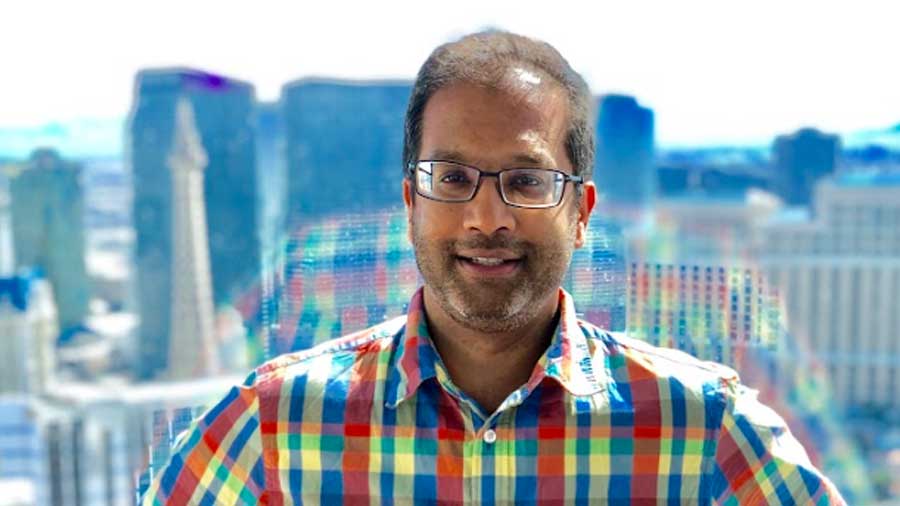Samit Dasgupta, professor of mathematics at Duke University, North Carolina, and a man with familial roots in Kolkata, has cracked a problem that mathematicians have been struggling with for over five decades. In collaboration with Professor Mahesh Kakde from the Indian Institute of Science, he has managed to find the building blocks for special polynomials — number 12 of 23 unsolved problems in mathematics identified by German mathematician David Hilbert in 1900.
Dasgupta, who always had close-knit extended family in Kolkata, was born and brought up in the United States, and has a simple yet profound definition of mathematics. “Maths is the study of truth,” he says.
So, what does this problem, which took the professor half of his academic career to work out, actually entail?
Dressed in a maroon sweater and with a cuppa by his side, Dasgupta explains to My Kolkata over a Zoom call while navigating a typical busy Thursday morning.
“There are certain number systems that exhibit symmetries with certain properties. If the symmetries are commutative, it means that the order of operations doesn’t matter. If I do A and then B, it’s the same as doing B and then A.”
So far so simple.
“Building number systems that have commutative properties has been done for rational numbers. We wanted to build number systems for more complex numbers by integrating things such as the square root of positive numbers,” continues Dasgupta.
Having successfully outlined his work for a layperson, Dasgupta breaks into a laugh and quips, “I don’t think Hilbert would be very happy with our answer. The methods we used are p-adic instead of complex analytics and Hilbert was very fond of complex analysis.”
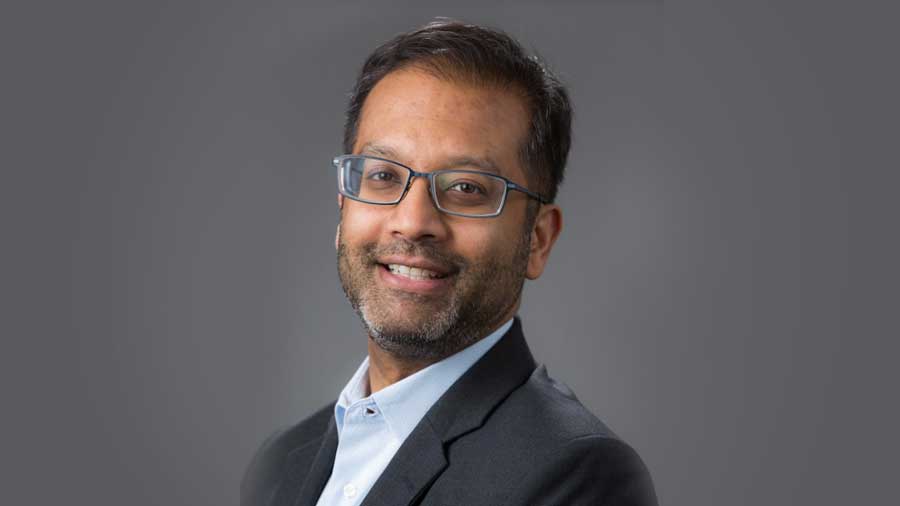
‘Maths is the study of truth,’ says Dasgupta
The mathematician may have disapproved, but Dasgupta was understandably satisfied when a quest lasting almost 20 years finally came to fruition. “There wasn’t one exact moment where it clicked, it was a process. We realised we were going to get it. It was a gradual happiness that seeped in,” recalls Dasgupta.
Did Dasgupta feel frustrated and want to abandon it all at any stage?
“You do get frustrated, but you have to keep working even if the ultimate goal is out of reach. You think of other interesting problems, learn other projects that allow you to come back and solve the problem you really care about.”
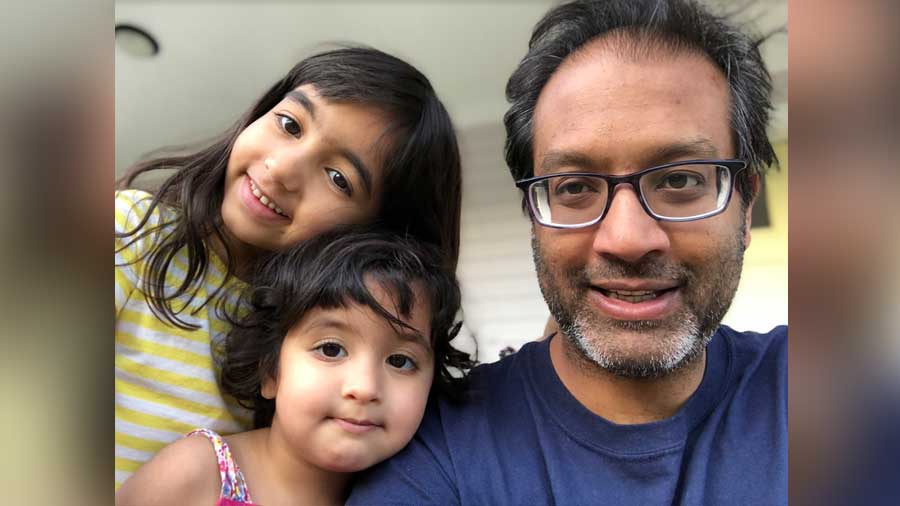
Samit says his biggest priorities are his two daughters, Shayla and Sarina
When not working out big and small maths problems, Dasgupta watches sports in the evenings — "American football and ice hockey are my favourites." His biggest priority, however, are his eight-year-old and three-year-old two daughters, who naturally take up most of his time at home.
Growing up in the Maryland suburb of Washington, D.C., he was the “maths outlier in a physics family”. His parents, Ranjit and Arati, both physicists, are originally from Kolkata. At home, mother Arati Dasgupta was instrumental in teaching maths to the young Samit, who also picked up mathematical frameworks from his father’s old Indian text books.
Dasgupta burst on to the American maths scene at just 16 years old, with the prestigious Westinghouse Science Talent Search, where he placed fourth among 1667 entries from some of the smartest youngsters in the United States.
Darlyn Counihan, who taught him maths in middle school, had told The Washington Post in a 1995 article that her student “has talent... and a whole lot of integrity” and that she felt lucky to teach kids like him.
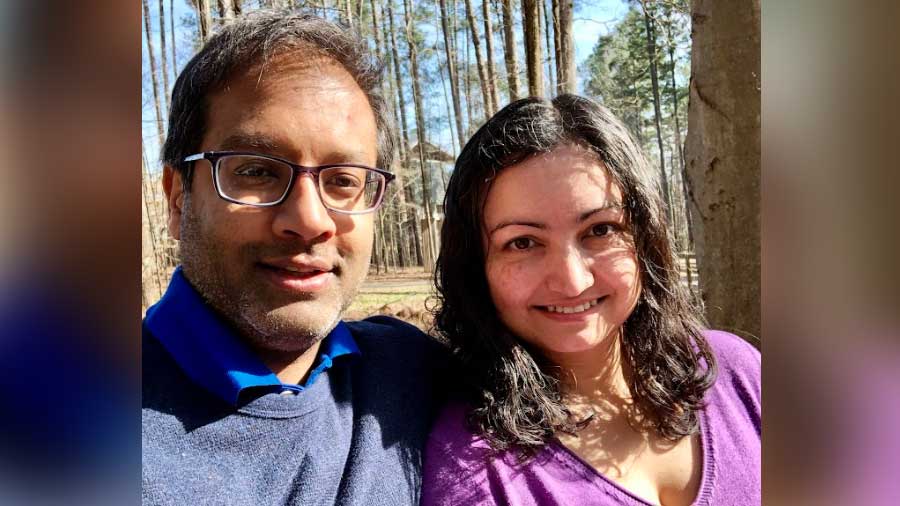
Samit with his wife, Smriti Rana
A joyous time
As a kid, Dasgupta would visit his ancestral city every few years and spent time with cousins and relatives.
“We would play the guitar and sing songs. It was a joyous time, which has been seared into my consciousness. I will never forget the outpouring of unconditional love from my extended family in Kolkata. It was very meaningful to me. Unfortunately, a lot of people from that generation have passed on, so it’s harder to go back and not have them there,” says Dasgupta.
Still going strong from that generation is Nandita Dasgupta, his paternal aunt, who resides in Kolkata’s South City Complex. The 90-year-old instantly recalls memories of the young Samit. “He has always been very polite and mild-mannered. As a kid, he was habitually engrossed in his studies, never bothering the adults in the family. There was an inherent inquisitiveness in him that stood out even as a child, although his intelligence or knowledge did not make him arrogant.”
Incredibly, Dasgupta has never been in Kolkata during Durga Puja, although he is peppered with pictures of festivities every year. Talking about Kolkata’s greatest festival, Dasgupta acquires a somewhat childlike aura.
“I have talked about Durga Puja my whole life. My dream is to take my daughters there, to see it myself, have them see… all the majesty and the celebrations.”
Once Kolkata comes up, so does its food. Especially signature Bengali preparations like ilish maach. “My grandmother’s ilish is unmatched throughout the world... I also love Kolkata’s mishti doi, but my favourite is the rabri that you get there. You can’t get it anywhere else,” muses Dasgupta.
As the conversation segues from sumptuous Bengali delicacies back to mathematics, Dasgupta retains the passion in his voice. “An elegant mathematical proof is just as beautiful as an amazing painting or a poem... I wouldn’t do it if it [maths] weren’t beautiful.”
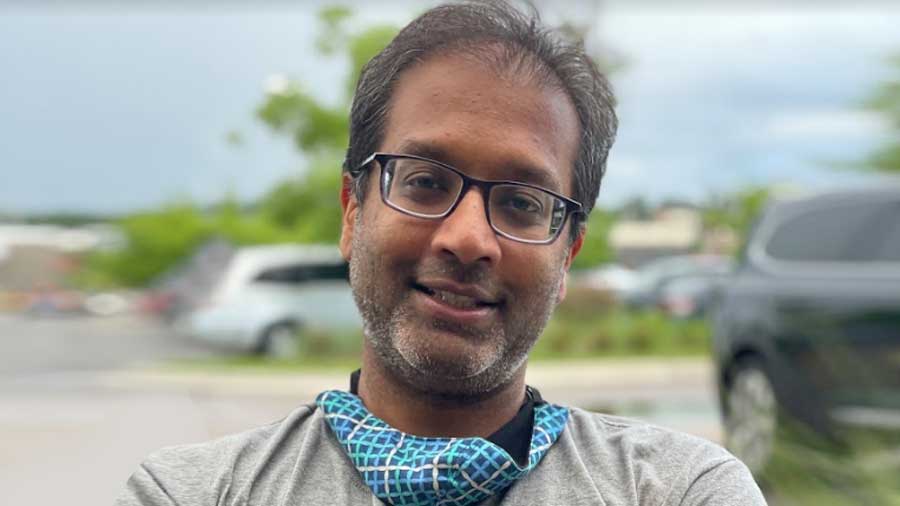
‘An elegant mathematical proof is just as beautiful as an amazing painting or a poem,’ Samit says
The importance of mathematical relationships
With the appointed hour of the call drawing to a close, he analyses his observations of up-and-coming mathematicians. “Young mathematicians are specialising very early and trying their best to get into cutting-edge, fancy-sounding research. It’s not necessarily the best approach. Rather, if you have a broad and solid foundation, you can draw from a number of branches later on, without getting pigeonholed into a narrow space.” That broad knowledge base, and a driving passion for the subject are the two fundamental qualities for mathematicians to prevail, according to Dasgupta.
At the end of the call, presumably before he resumes his search for the next big problem, Dasgupta leaves with a concluding thought said in his characteristically genial, understated manner. “Whether in America or in India, teachers need to highlight the importance of mathematical relationships between structures and shapes over and above mere number crunching and the memorisation of algorithms.”
